Fireplace Venting

Table of Contents
Fireplace Venting: A Comprehensive Guide to Safety and Efficiency
Choosing the right fireplace venting system is crucial for both safety and efficiency. Improper venting can lead to dangerous carbon monoxide buildup, chimney fires, and inefficient heating. This comprehensive guide will walk you through everything you need to know about fireplace venting, from understanding the different types to ensuring proper installation and maintenance.
Understanding Fireplace Venting Systems
Fireplace venting systems are designed to safely remove combustion byproducts, such as smoke, carbon monoxide, and creosote, from your home. The system's effectiveness directly impacts your safety and the lifespan of your fireplace. Several key components make up a typical venting system:
1. Chimney: The Heart of the System
The chimney is the primary conduit for exhaust gases. Its material (brick, masonry, metal), height, and diameter directly affect draft and efficiency. A poorly constructed or damaged chimney can compromise the entire venting system. Regular chimney inspections are crucial for identifying potential problems.
2. Chimney Liner: Protection and Efficiency
A chimney liner is a crucial safety feature, protecting the chimney structure from the corrosive effects of combustion byproducts. Liners also improve the draft, ensuring efficient smoke removal. Common liner materials include stainless steel, clay tile, and aluminum. The choice depends on the fireplace type and fuel source.
3. Chimney Cap: Preventing the Elements
A chimney cap sits atop the chimney, preventing water, debris, and animals from entering the flue. This protects the chimney's structure and prevents blockages that can hinder proper venting. A well-maintained chimney cap is essential for long-term system performance.
4. Vent Pipes (for gas fireplaces): Safe Conduction
Gas fireplaces utilize vent pipes to safely channel combustion byproducts to the outside. These pipes are typically made of stainless steel and must meet specific safety standards. Proper installation and regular inspection are crucial for gas fireplace safety.
Types of Fireplace Venting Systems
The type of venting system required depends primarily on the fireplace type and fuel source. Here are some common types:
1. Masonry Chimneys: Traditional and Durable
Masonry chimneys are constructed from brick or stone. They are durable and long-lasting but require regular maintenance and inspection to prevent deterioration.
2. Metal Chimneys: Versatile and Efficient
Metal chimneys are prefabricated and offer versatility in installation. They're often used for both wood-burning and gas fireplaces and are available in various materials, like stainless steel.
3. Direct Vent Systems (for gas fireplaces): Direct to the Outside
Direct vent systems are specifically designed for gas fireplaces. They have double-walled pipes that draw in combustion air from outside and exhaust the byproducts directly to the exterior, eliminating the need for an existing chimney. This is a popular choice due to its efficiency and ease of installation.
Ensuring Proper Installation and Maintenance
Professional installation is highly recommended for all fireplace venting systems. Improper installation can compromise safety and efficiency. A qualified professional will ensure that the system meets all relevant building codes and safety standards.
Regular maintenance is equally important. This includes:
- Annual chimney inspections: Identify potential problems early and prevent costly repairs.
- Chimney sweeping: Remove creosote buildup, a highly flammable substance.
- Inspection of the chimney cap and liner: Ensure they are in good condition and functioning correctly.
- Testing for carbon monoxide leaks: Crucial for ensuring safety, especially with gas fireplaces.
Troubleshooting Common Venting Issues
Several issues can indicate a problem with your fireplace venting system:
- Excessive smoke in the room: This points to a draft problem, often caused by a blocked chimney, damaged liner, or insufficient airflow.
- Sooting or creosote buildup: Requires immediate professional cleaning to prevent chimney fires.
- Backdrafting: Smoke or gases are being drawn back into the room, a serious safety hazard.
Addressing these issues promptly is vital for preventing accidents and ensuring the long-term performance of your fireplace. Never attempt major repairs yourself; contact a qualified professional.
Conclusion: Prioritize Safety and Efficiency
Proper fireplace venting is not just a matter of convenience; it's a critical safety measure. Regular maintenance, professional installation, and understanding the specifics of your venting system will ensure years of safe and efficient fireplace enjoyment. Don't hesitate to contact a chimney sweep or fireplace professional for regular inspections and any necessary repairs. Remember, a well-maintained venting system is an investment in your safety and the longevity of your fireplace.

Thank you for visiting our website wich cover about Fireplace Venting. We hope the information provided has been useful to you. Feel free to contact us if you have any questions or need further assistance. See you next time and dont miss to bookmark.
Featured Posts
-
Kittles Furniture Avon Indiana
Jan 20, 2025
-
Trump Inauguration Wreath Ceremony Live
Jan 20, 2025
-
Ceiling Fans Greenville Sc
Jan 20, 2025
-
Where To Buy Small Rocks For Landscaping
Jan 20, 2025
-
Freed Hostage Emily Damaris Pictures
Jan 20, 2025